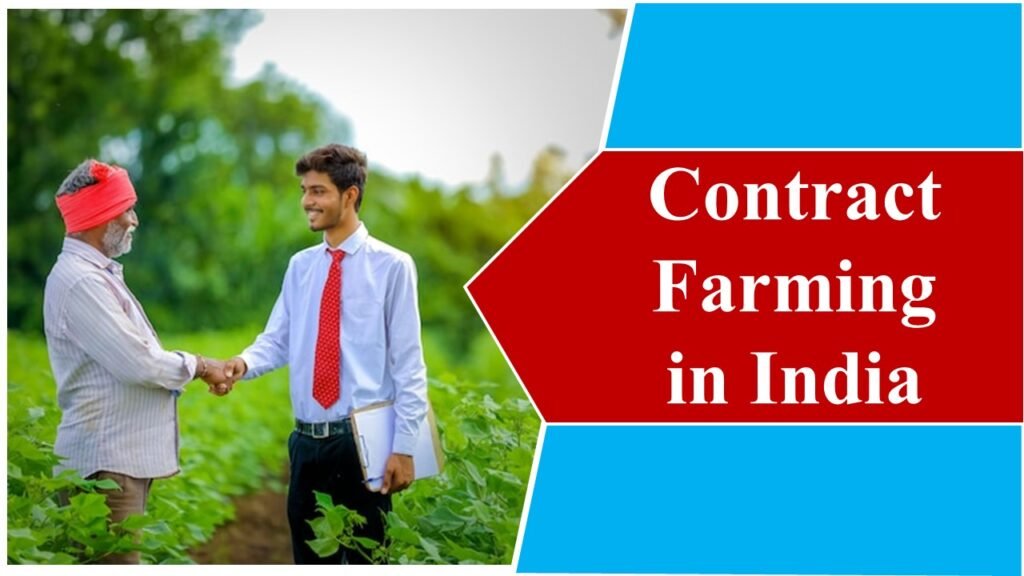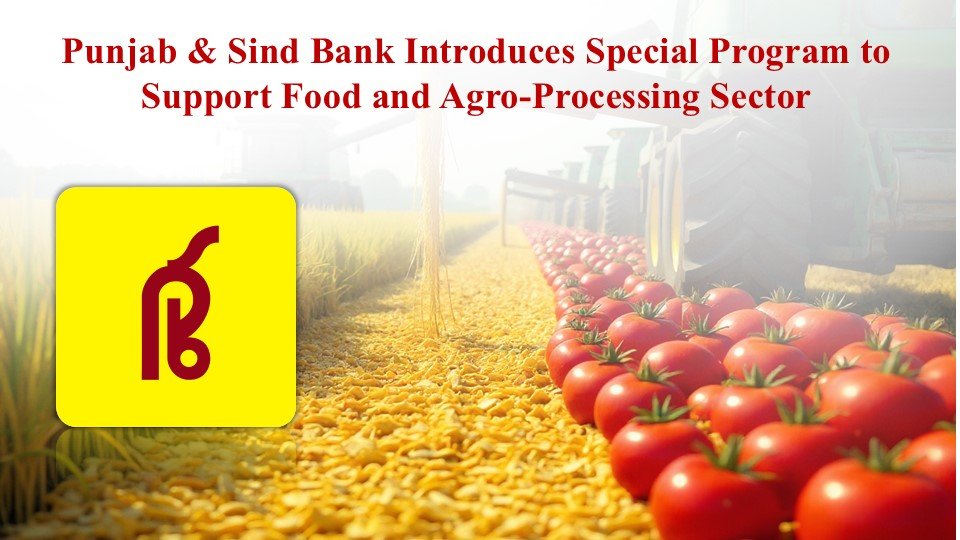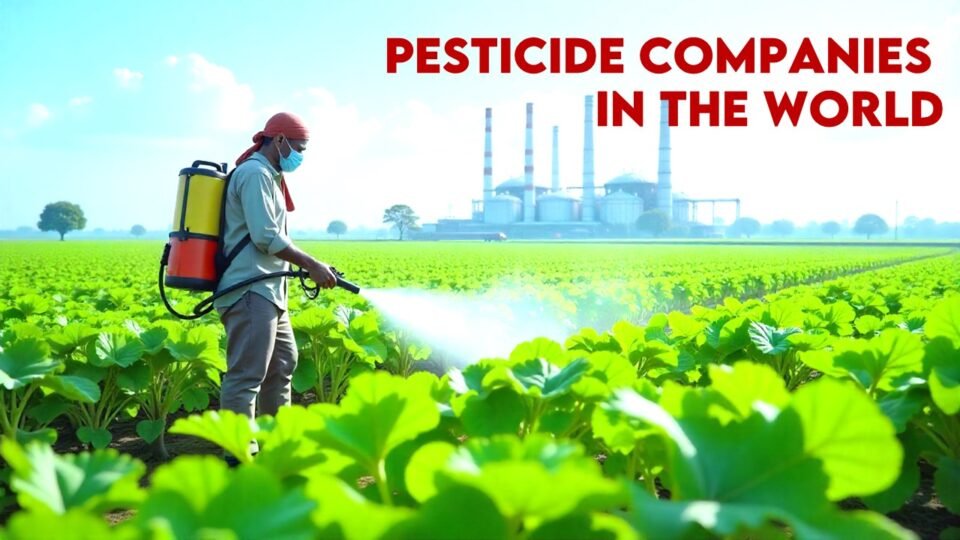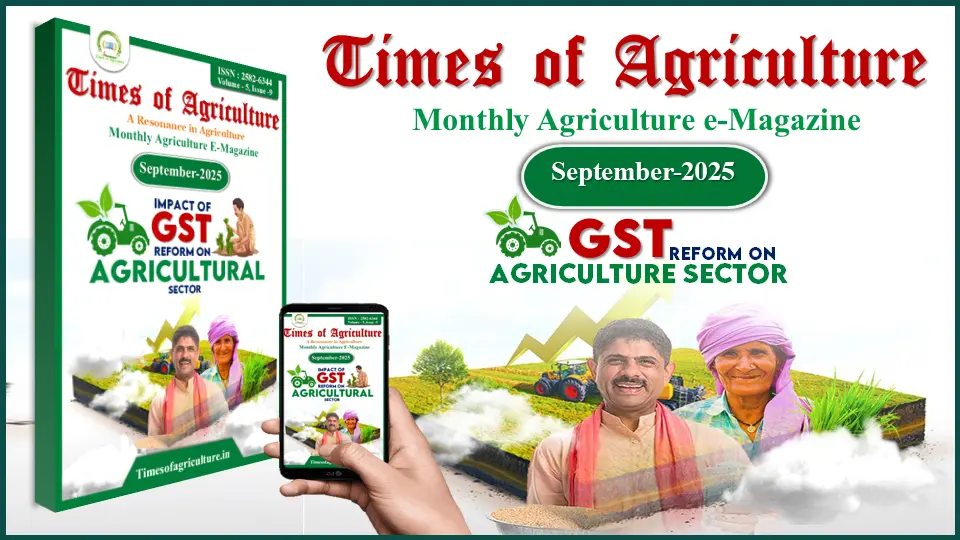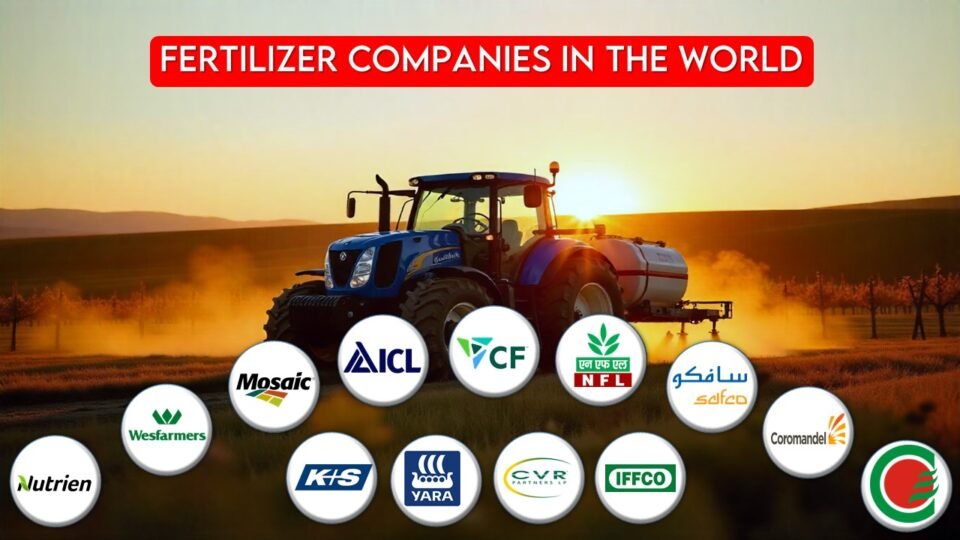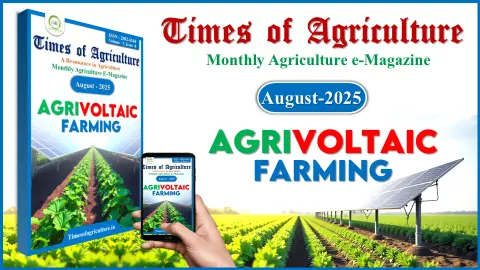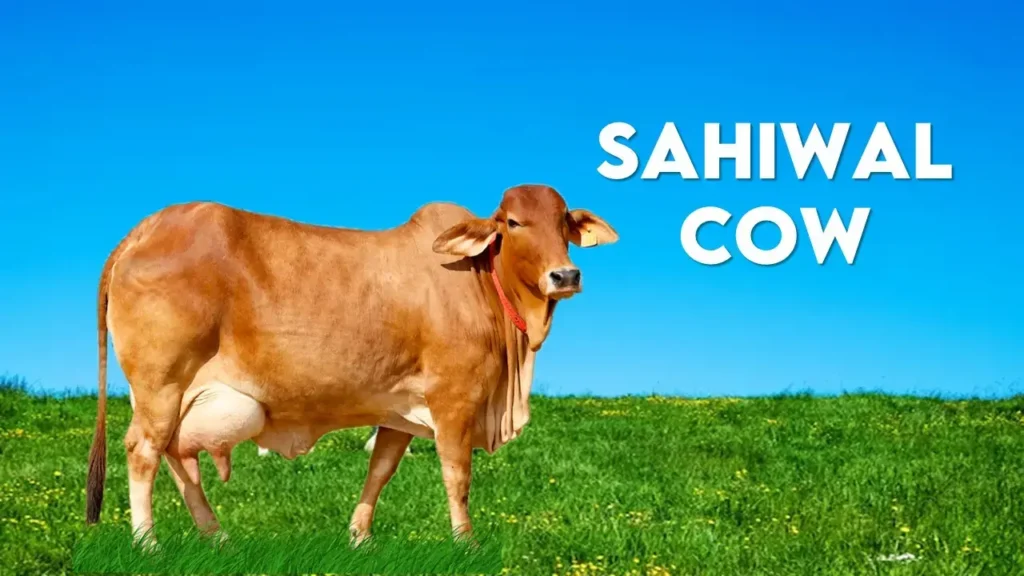According to the World Bank and a report by Business Standards, the percentage of farmers in India has decreased from 63.9% in 2000 to 53.8% in 2019. It happened because of the occupational shift of people from the agriculture sector to the service sector. The reason is simple: ‘Farming alone was not sufficient.’
Around 80% of farmers in India are small-scale farmers, who contribute to more than 51% of total Agricultural output in the country. But not even half of their income is contributed through farming and they are obligated to rely on other non-farm activities to get by. Now the question arises, Why do so many farmers in India still struggle to secure fair prices for their produce? How can we make farming profitable and a reliable option for our farmers?
The answer lies in the non-accessibility of fair markets and profit-oriented organizations. This challenge is even greater for maximum small-scale farmers, who often lack a clear understanding of the entire supply chain and marketing. According to the researchers and policymakers,‘ Contract Farming’ is one such method to overcome these market barriers.
It holds a historical value in economic-liberation reforms in the agriculture sector after independence. It became a source of a consistent supply of raw materials for the food processing industries like the ‘PepsiCo India’ for crops like tomato, potato, and chilli and these arrangements were designed to provide farmers with assured markets, technical support, and quality input. Over time, contract farming expanded to cover a variety of crops, livestock, and aquaculture across different states in India. But even after the reluctant efforts done by the government and big industries, the proportion of Contract Farming in the present context is unexpectedly low.
What is Contract Farming?
According to FAO, Contract farming can be defined as ‘an agreement between farmers and processing and/or marketing firms for the production and supply of agricultural products under forward agreements, frequently at predetermined prices.’
It is an agreement between the farmers and the buyers that states the terms and conditions of the production and market of agricultural commodities. Although the effectiveness of this contractual arrangement depends upon three factors, i.e. Market provision, Resource provision and Management specifications.
In this way, the farmer is supposed to grow a crop at a pre-agreed price for a buyer. The buyer commits to purchase the crop and provide support to the farmer in the form of land preparation, inputs, technical assistance, etc. After coming to an understanding, a written agreement is signed between the parties, which includes all the necessary details about the price, quantity, quality, transport and delivery time.
In India, Contract Farming was introduced to fulfil the following objectives:
- To generate a steady source of income for small-scale farmers.
- Growing market focus crops.
- Awarding of the importance of food processing and value addition.
- Increasing the investments from the private sector into agriculture progress.
- Reducing the stress on the government for providing fair prices in any situation for the produce.
- For the ease of finding raw materials for the popular processing units.
- Educating people more about the agribusiness and market share of their produce.
- Diversifying crops and reducing the stress of growing traditional crops continuously.
Types of Contract Farming/Contract Farming Models
According to FAO, there are five broad models. However, the type of modal to be executed during contract farming depends on the type of product, resources of the sponsors, farmers’ needs and the relationship between farmers and sponsors.
The five types of major contract farming models are:
1- Informal Model
It involves informal production contracts on a seasonal basis which is characterized by individual entrepreneurs or small companies. This modal often requires credit support from the government along with extension services. It involves greater risks of marketing. Sadly, most of the contracts made in India are informal model-based.
2- Intermediary Model
It involves firms or sponsors to subcontract linkage with farmers to intermediaries. Here the sponsors may face a risk of losing control over the production, prices and quality of produce.
3-Multipartite Model
The multipartite model is based on the agglomeration of multiple parties such as the governmental statutory body and private firms. The activities such as production, transportation, processing and management can be handled by different organisations at a time. These parties are in partnership with each other and create an umbrella system to organise the process. This system once failed in China but was successful in Columbia.
4-Centralized Model
It is a vertical model and Involves a centralized processor or sponsor buying from a large number of small farmers. It is used for tree crops, annual crops, poultry, and dairy. And require high-degree processing units such as vegetable, fruit canning, tea packaging, etc.
Products often require a high degree of processing, such as tea or vegetables for canning or freezing. It has a quota allocation system with tight quality control. In this model, most of the production expectations are controlled by the sponsors only. This model is also called the ‘ vertical model of contract farming’, because of the alignment of each step in the model.
5- Nucleus Estate Model
It is a variation of the centralized model where the sponsor owns a fairly large central estate or plantation. It focuses mainly on the tree plants, but sometimes on vegetables too. They keep close supervision on production and ensure minimum input usage including seed, fertilizers, pesticides, etc. Although the main focus of this model is supposed to be on processing plants, it is often used for breeding purposes in India. It is best known to be used with resettlement or transmigration schemes as well.
There are many other contract farming models that you may come across, which are formed after the integration of these basic models or the integration of one model with new methodologies. For example, the
Private – Farmer Model of Suguna Poultry Farm Ltd. Private-Community Grower Group-Farmer Model of Ion Enviro, which undertakes contract farming with Community Grower Groups (CGG) or Private-Community Grower, Group-Farmer Model followed and promoted by Hindustan Lever Ltd (HLL), Rallis and ICICI Pepsi Foods Ltd and
Grading House – SHG – Farmer model, adopted by Appachi Cotton Company (ACC). All of these models were successfully used in India and gave excellent results from both the farmers’ and the firms’ points of view.

Advantages of Contract Farming
The concept of contract farming lies in the profit of all. But let’s see how.
| Producer/Farmer | Buyer/Firms |
| Assured income. | They get the desired quality and quantity of produce. |
| Access to modern technology, credits, and cost information. | Consistent supply of produce/raw material. |
| Doorstep exchange of produce, minimising the transportation and marketing costs. | The most effective and preferred way to utilize their resources. |
| Minimising risks related to production and damage. | Direct investment in the agriculture sector. |
| Higher production and quality yield | Fixed price and no further negotiations after the contract is made. Cheaper option of all. |
| Assured market price | Increases brand value by having proper explanations for food safety concerns. |
| Knowledge acquisition and other intangible benefits. | Control over the variety of produce and other inputs. |
In addition to personal benefits, there are some societal benefits too. During the contract both parties can prevent the losses incurred by the demand-supply fluctuations in market prices, which is very common in the agriculture sector, it also helps them to make efficient plans. The firms tend to maintain food safety measurements, as provided by the legal institutes, by advocating the right amount of agrochemical usage by the farmers.
Directly or indirectly, contract farming also leads to more employment, reduces waste, infrastructure development, and market development which ultimately benefits everyone in the society.
Challenges of Contract Farming in India
Exploitation of Small-scale Farmers
Sometimes the large firm holders end up dominating the contract. After this farmers face issues like late payments, poor inputs, delayed pickups, and low cost for their produce. But once the contract has been made, farmers have to deal with it on their own. Weak bargaining power of farmers and lack of knowledge in contrast with a team of market analysts and economists in firms, farmers may face a crisis but a firm won’t.
High Risks
To meet the demands of firms, farmers have to make a change in their cropping pattern, after which they again lose their bargaining power and become overly dependent on contracting firms for inputs and market access, making them vulnerable to firms’ decisions. We also call it the ‘dependency syndrome’. Even if in a certain season, the difference in the market prices and contractual prices of the produce is quite high, the farmers can’t negotiate it with the firms.
Lack of Legal Protection
Many contracts are made informally or verbally, and even written agreements provide minimal legal recourse. Weak enforcement of such contracts leads to frequent breaches by either party.
During the farmers’ protest against contract farming in India, issues like ‘Land appropriation’ were raised by them. However, no reports claim that something like that has ever happened in the past. Yet many experts have raised questions about farmers’ poor control over their land management under contracts. This indicates that there were some sort of backhand practices done by certain firms to exploit farmers’ rights on their land.
Suppose, in a certain season, the production of an agricultural commodity is excellent, and farmers have entered into a contract with a firm. Despite the agreement, the firm imposed stricter quality standards that year and renegotiated prices, leaving farmers at a loss. Andhra Pradesh witnessed such a situation after a bumper production of gherkins during the early 2000s. But what legal or contractual rights could the farmers have exercised to protect themselves against such unfair practices? Even today, our farmers need legal protection against such tactics.
Monopsony
A single buyer dealing with multiple farmers creates dependency, leaving farmers with limited alternatives and negotiating power, while firms enjoy more power. This unequal distribution of power becomes a tool for agribusiness firms to exploit and earn more profit. Because of a lack of options, farmers make baneful contracts even after knowing the consequences.
Differential Contractual Agreements
We always emphasized the fact that Contract farming is the best way to uplift small-scale farmers, but in reality, contracts made with Large-scale Farmers are more equitable for firms as compared to small-scale farmers. Because firms have to invest less in input when dealing with large farmers who already have irrigation, equipment and storage facilities. In such cases, there are many differences in the contracts made with large-scale and small-scale farmers by the same firm for the same commodity. The small-scale farmers feel discriminated against and devalued.
Contract Farming Companies in India
Only 2% of cultivable land in India is under Contract Farming and there exist hundreds of competitors in the market in the food and agriculture industry. Here are the top ten companies that are leading the market and have a good record of performing contract farming in India, benefitting the firm as well as the thousands of farmers associated with them.
| S. No | Name of organisation | Number of farmers under contract(approx) | Area expansion | Products/Services | Interesting facts |
| 1 | Big India Farms | – | 1700 acres in farms and 900 acres in pipelines. | Cultivates, Mango, neem, number, giloy, mulberry, lemons, roses, millets, papaya, mahua, jackfruit, etc., monofloral honey Provides other services to farmers in finance, retail, supply chain, and more | It tops the list of contract farming industries in India. And it aims to provide only natural and organic produce. |
| 2 | Dabur | 1674 | 1411 acres | Cultivating medicinal plants and herbs. From hair care to dental care, and ginger repellant, Dabur offers more. | It is the world’s leading Ayurvedic and Natural Health Care company with an annual turnover of INR 9500 Crores |
| 3 | Goodricke Group Ltd | – | 27 production facilities and over 30 gardens in West Bengal and Assam | loose-leaf tea, green tea, tea bags, and more Famous for providing high-quality Darjeeling tea. | Goodricke is a subsidiary of Camellia PLC UK, the world’s largest tea producer and fourth largest tea producer in India. |
| 4 | Rallis India Ltd | Closely connected to around 1 Million farmers | 182 million hectares 2,300 distributors all over the country. | All kinds of agri-inputs, including pesticides, fungicides, insecticides, seeds, and plant growth nutrients. Agri-services and contract farming equipment. | One of its kind. |
| 5 | Tata Coffee Ltd | – | 19 estates covering about 8000 hectares | Green Coffee Beans and Instant Coffee Also, grow pepper and tea | Coffee is obtained from southern India and tea from Anamallia and its environs. Even Starbucks rely on them for specific blends. |
| 6 | Pacific Herbs Agro Farms Pvt Ltd. | >1000 | – | Indian herbs, Natural herbs, herbal extracts, and dried flowers Specialized cultivation services for lemongrass and rosha grass. | They only demand large-scale farmers with over 10 acres of land. And functions only in seven states of India. |
| 7 | Patanjali | 5-7 lakh farmers are associated. | 74,376 hectares of land under cultivation across 12 states. | It offers ayurvedic herbs for Patanjali products across categories. Consultancy, necessary inputs and other facilities are provided to the farmers. | It is one of the most trusted brands in India. It has a decent record and feedback from farmers during the contract farming. |
| 8 | Anand Agro Group | 1,050 | More than 14 lakh broiler farms. | Contract broiler farming model | It has modern hataries that now can handle more than 1.5 million chicks in a hygienic environment. |
| 9 | Baramati Agro Ltd | 1,500 | 3,000 contract broiler farms. | All poultry products It also cultivates sugar, fruits, and vegetables, along with dairy products | Retail, animal feed, distillation, QSRs, and more. |
| 10 | Himalaya Herbal Healthcare | 1,100 | – | Raw material: Herbs. Services: General Health, Men’s Health, Women’s Health and Children’s Health. | The company relies on local communities for the agri-produce. And it has a record of always paying those farmers at a higher rate than market price and keeping communities profitable. |
Apart from these, there are multiple firms involved in contract farming with a high success rate, popular brands like Krishak Bharati Cooperative Limited, ITC Limited, Satluj Agriculture Pvt. Ltd. New Del, Amul, Agro Tech Food Ltd, Mother Dairy, Reliance Fresh Producers, Jain Irrigation system, etc have taken contract farming to a whole new level in India today.

Successful Case Studies of Contract Farming in India
Today, there exist many contract farming-based industries in India, but there are few pioneering companies that motivated other brands, won Farmers’ trust and went down in the history of Contract Farming in India. These firms are close to being ideal functionally and much appreciated globally. Let’s look at their journey and learn from their working ethics.
1- PepsiCo India:
PepsiCo set the pioneer stone in India in the late 1980s, starting in Punjab, as part of its strategy to secure a steady supply of quality raw materials for its processing units. Initially, they partnered with local farmers to grow tomatoes for their tomato paste plant, providing them with seeds, fertilizers, technical support, and a guaranteed buy-back price. This initiative proved highly successful, boosting productivity and reducing risks for farmers while ensuring a reliable supply for PepsiCo.
Encouraged by this success, PepsiCo expanded its contract farming model to include potatoes for its Lay’s chips and chillies. The company introduced modern farming techniques, irrigation methods, and high-yield seeds, significantly improving crop quality and output.
However, challenges arose as farmers accused the company of imposing strict quality standards and rejecting produce that didn’t meet specifications. Despite these issues, PepsiCo’s approach became a milestone in Indian agriculture, setting the foundation for private-sector involvement in farming. It demonstrated the potential of contract farming to modernize agriculture while also underscoring the importance of fair and transparent agreements with farmers.
Key elements:
- Excellent Research and Development Team.
- Executed the plan through well-trained extension agents.
- Timely supply of quality inputs.
- ‘Quota Slips’ system to dispatch produce from individual farmers.
- Effective use of communication mediums.
- Regular and timely payment to farmers.
- A perfectly transparent system.
2- Appachi Cotton Company (ACC)
Appachi Cotton Company (ACC) started Integrated Cotton Cultivation (ICC) as a sustainable contract farming model in Tamil Nadu in 2002. The initiative aimed to address the challenges faced by cotton farmers, including low yields, poor quality, and market volatility. ACC’s ICC model established a direct relationship between farmers and buyers, eliminating middlemen and ensuring fair practices.
Under this model, ACC provided farmers with high-quality inputs and technical guidance to the farmers. The company also offered crop insurance and access to credit, reducing the financial risks for farmers. In return, farmers agreed to sell their cotton exclusively to ACC. This arrangement ensured a steady income for farmers while guaranteeing ACC a consistent supply of high-quality cotton.
The ICC model also focused on sustainable farming, encouraging efficient water and pesticide uses to improve yields and reduce environmental impact. Farmers reported higher productivity and profitability as compared to traditional methods.
The ACC model demonstrated the potential of contract farming to enhance agricultural productivity, improve farmer livelihoods, and create a more equitable supply chain.
Key Elements:
- Promotion of forming SHGs(One Village One SHGs). It helped farmers in getting credits and extra benefits.
- One variety for One village, and hence no complication in harvest and separation.
- Provided crop insurance.
- Home delivery of Inputs.
- Promoted integrated and sustainable farming.
- Perfect coordination and facilitation.
- Contamination control by proper visits of experts by firms.
3- Ugar Sugar’s: Barley Cultivation
In the year 1997, barley was mostly cultivated in the Northern states of India. Ugar Sugar was a Belgaum (Karnataka)-based industry. So the firm had to pay high taxes for transport and had to compromise with the situation. At the same time, Karnataka and a few other southern states were facing the problem of high salinity in the soil after excessive irrigation for sugarcane cultivation.
Ugar took this situation as an opportunity to make a contract with the farmers of south India to cultivate good quality barley for their malt processing unit and assured the farmers that barely can grow in saline conditions, and this practice will surely grant them good economic yield. They also provided free inputs and other benefits to the farmers at the same time and guided them throughout the process.
After its successful cultivation, the company earned the trust of farmers and made high profits. It was a great example of utilising the contract farming system for the welfare of society.
Key Elements:
- Provided necessary inputs on credit without interest.
- Proper visits of technical experts from the firm.
- The company took the whole responsibility of transportation.
- Provided a whole new market for barley produce.
- Effective communication with farmers.
Also Read
Role of Government in Contract Farming
Today, contract farming is regulated under the Indian Contract Act, of 1872. The act forms the legal structure of contract farming, including the formation of contract, consequences of contract breaching and domination. However, the Model APMC (Agricultural Produce Market Committee) Act, 2003 provides specific provisions.
Model APMR Act, 2003, provided a framework for direct sale and contract farming. It mandated the registration of contracting firms, dispute resolution mechanisms, exemption from market fees, and protection of farmers’ land rights. It also allowed direct sales to firms without routing produce through APMCs. Sixteen states adopted the Model Act, and by 2016-17, twenty states had amended their APMC Acts, incorporating contract farming provisions.
To enhance farmers’ confidence and incentivize firms, the Model Agriculture Produce and Livestock Contract Farming Act, 2018 was introduced. It retained key provisions from the 2003 Act while focusing on farmers’ interests, including unbiased state-level authorities, district and block-level committees for registering contracts, protection of land ownership, and crop insurance for contracted produce. By 2020, 31 states and union territories had adopted marketing reforms, and contract farming covered 29 commodities across 16 states. Gherkins and seeds accounted for the maximum schemes.
The Farmers’ Empowerment and Protection Agreement on Price Assurance and Farm Services Act, 2020, part of the three farm laws, simplified contract farming regulations. It assured farmers of inputs, services, and a guaranteed price while transferring market risks to firms. Farmers were entitled to higher market prices and were protected against recovery of dues beyond the cost of inputs. The Act prohibited firms from acquiring land ownership or making permanent modifications. Dispute resolution was also simplified with strict timelines. The Act aimed to empower farmers with modern technology, access to markets, and reduced risks.
However, the 2020 farm laws, including the Contract Farming Act, faced widespread opposition. Farmers feared exploitation by corporates, losing land rights, and the weakening of the MSP system. Concerns also included the potential collapse of APMCs and revenue loss for states. Commission agents opposed trade shifting to private markets, and farmers were uncertain of their weak bargaining power and the role of large firms. Consequently, the laws were abolished in 2021.
Despite protests, a Supreme Court-appointed committee found that most farmers (86%) supported the laws for their potential to create competitive markets to increase farmers’ earnings. The committee recommended formulating a model contract agreement and improving communication with farmers to address their suspicions.
Also Read
Conclusion
This term ‘Contract Farming’ was well-acknowledged and Reiterated after the recent passing of the Farmers’ Bill. Although, the first case of contract farming in India dates back to the 1850s, with the production and export of Cotton to Britain.
Contract Farming is an old concept, introduced in India to increase the participation of industries in agribusiness and increase the income of small-scale farmers. But if both parties will function independently, then the chances of breaching from either side are high. To monitor both sides, governmental regulation becomes essential to drive these models towards a safer and humanitarian direction.
But it is true that to sustain the Contract farming models in the long run, the initiative comes from the farmers rather than the sponsors. Presently, farmers are only the ‘price takers’ while the sponsors are the ‘price makers’. This needs to change and the distribution of power between both parties should be equal. And the first step towards this change is through ‘ Education’. With proper knowledge and skills, India can unlock great potential in agribusiness via contract farming.
Latest Post
- November Issue 2025- Times of Agriculture Magazine
- Punjab & Sind Bank Introduces Special Program to Support Food and Agro-Processing Sector
- Beyond Classrooms and Gardens: How a Professor Turned His Passion into Purpose
- October Issue 2025- Times of Agriculture Magazine
- Top 10 Pesticide Companies in the World
- September Issue 2025- Times of Agriculture Magazine
- Top 15 Fertilizer Companies in the World
- Top 10 Vegetable Farming Profit Per Acre in India
- August 2025 : Times of Agriculture Magazine (AgriVoltaics Farming)
- Button Mushroom Farming: Infrastructure, Cultivation, and Profitability
- Sahiwal Cow: Characteristics, Milk per Day, Price and Origin
- July 2025 : Times of Agriculture Magazine
- June Issue (2025) – Times of Agriculture Magazine
- How to Create Modern Commercial Greenhouse Agriculture
- REACH NEW HEIGHTS WITH YOUR BUSINESS AT VIETSTOCK EXPO & FORUM 2025


